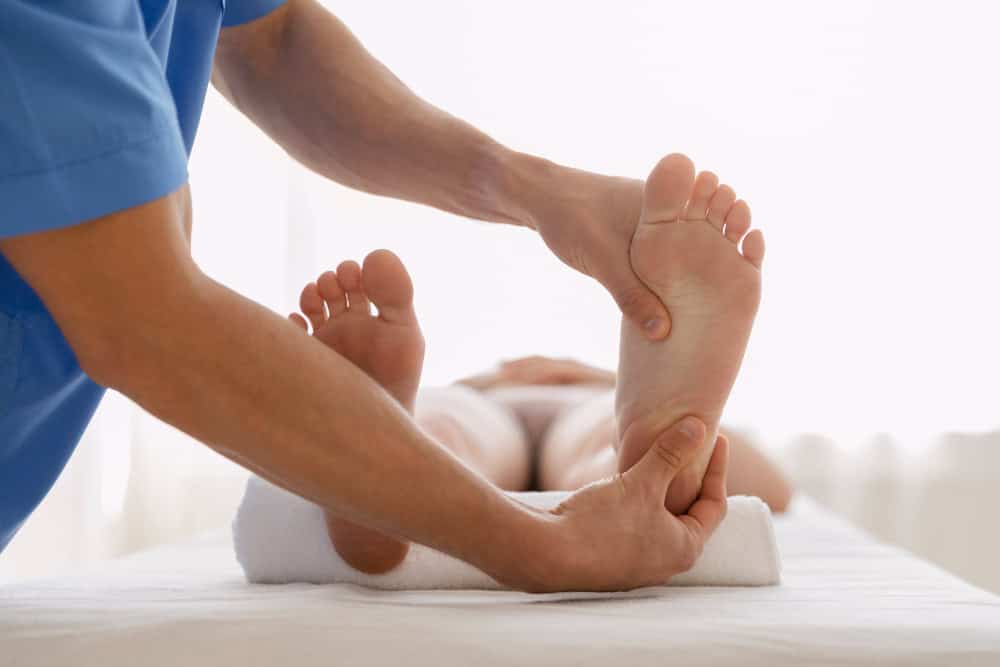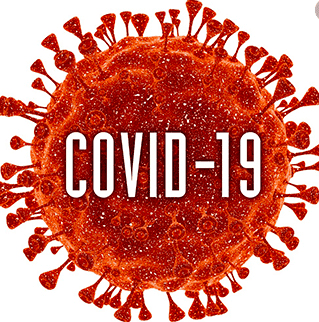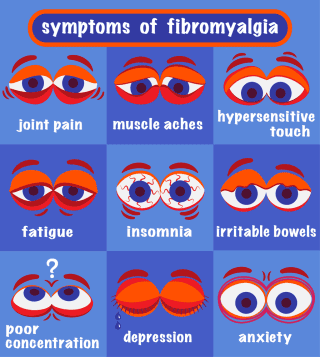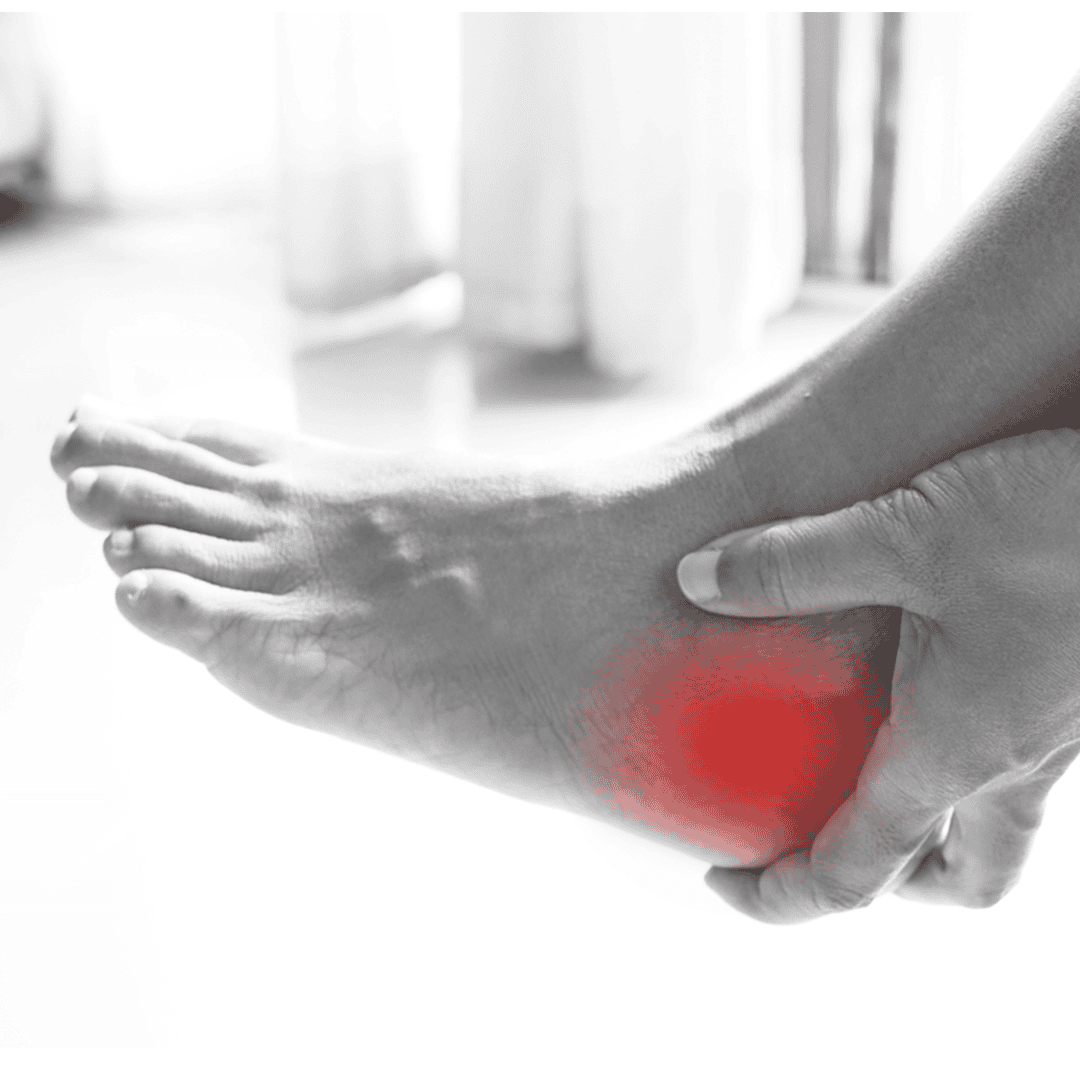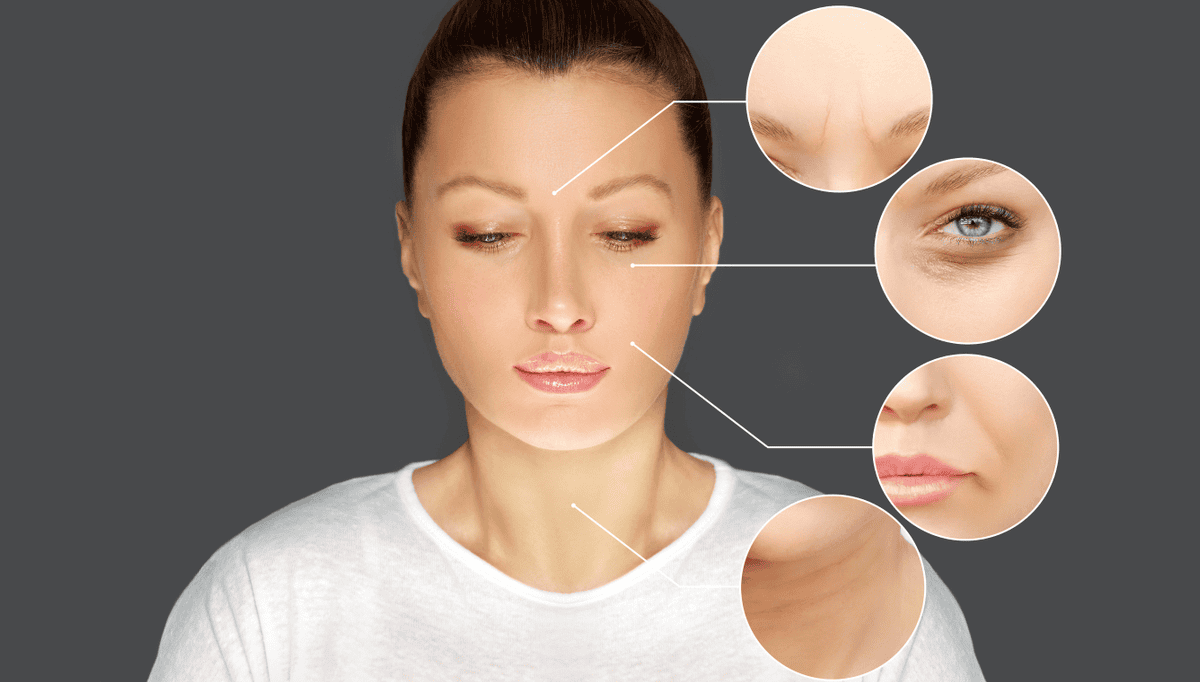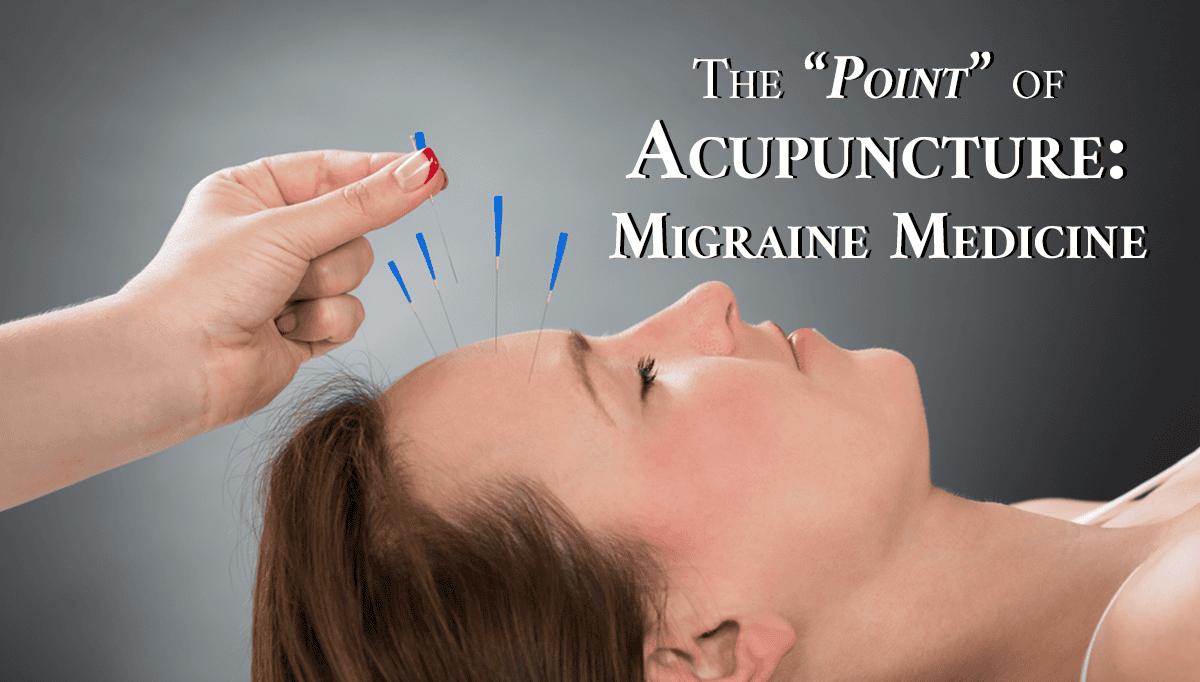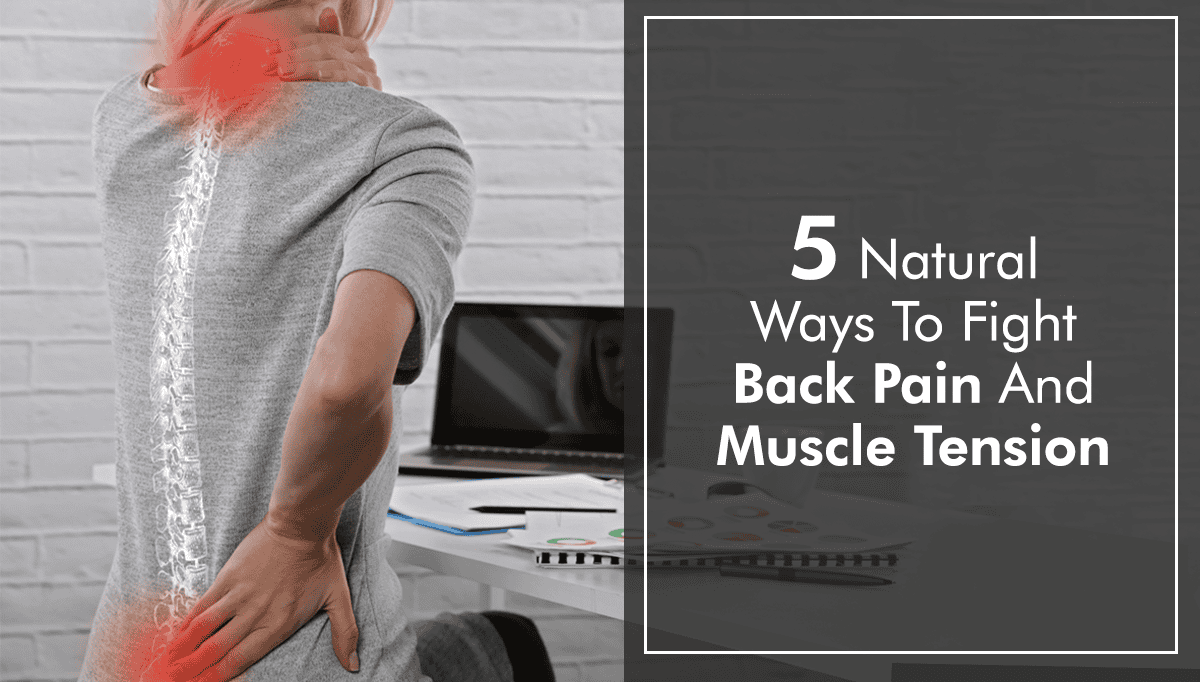Neuropathy, also known as peripheral neuropathy, is a condition that affects the peripheral nervous system. This system is responsible for sending messages from the brain and spinal cord to the rest of the body. Neuropathy occurs when there is damage to the nerves that make up this system, which can lead to a wide range of symptoms.
Some of the most common symptoms of neuropathy include pain, numbness, tingling, and weakness in the affected areas. These symptoms can vary depending on the type of neuropathy and the severity of the condition.
There are several different types of neuropathy, including diabetic neuropathy, which is caused by high blood sugar levels, and chemotherapy-induced neuropathy, which is a side effect of cancer treatment. While these are well-known triggers of neuropathy, there are also several lesser-known triggers that people may not realize are contributing to their symptoms.
In this blog post, we’ll explore four things that may be triggering your neuropathy and provide tips on how to manage its symptoms.
1. Vitamin Deficiencies
One of the lesser-known triggers of neuropathy is vitamin deficiencies. Specifically, deficiencies in vitamins B1, B6, and B12 can lead to neuropathy symptoms. These vitamins are important for nerve health and function, and a lack of them can cause nerve damage and inflammation.
B1, also known as thiamine, is essential for nerve health and function. A deficiency in this vitamin can cause a type of neuropathy called Wernicke-Korsakoff syndrome, which is often seen in people with alcoholism. Symptoms of this type of neuropathy include confusion, memory loss, and difficulty walking.
B6, also known as pyridoxine, is important for the production of neurotransmitters, which are chemicals that transmit messages between nerve cells. A deficiency in this vitamin can cause a type of neuropathy called sensory neuropathy, which affects the nerves that transmit information about touch, temperature, and pain.
B12, also known as cobalamin, is important for nerve health and the production of red blood cells. A deficiency in this vitamin can cause a type of neuropathy called pernicious anemia, which is often seen in people with autoimmune disorders. Symptoms of this type of neuropathy include weakness, numbness, and tingling in the arms and legs.
If you suspect that a vitamin deficiency may be contributing to your neuropathy symptoms, it’s important to talk to your doctor. They can order blood tests to check your vitamin levels and recommend
supplements if necessary. In some cases, making dietary changes can also help improve vitamin deficiencies and manage neuropathy symptoms.
2. Medications
Another lesser-known trigger of neuropathy is medication. Certain medications, including chemotherapy drugs, anticonvulsants, and antibiotics, can cause neuropathy as a side effect.
Chemotherapy-induced neuropathy is a well-known side effect of cancer treatment. This type of neuropathy can cause symptoms such as numbness, tingling, and pain in the hands and feet. Anticonvulsants, which are commonly used to treat seizures and nerve pain, can also cause neuropathy symptoms.
Antibiotics such as metronidazole and fluoroquinolones have also been linked to neuropathy. These medications can cause nerve damage and inflammation, which can lead to symptoms such as numbness, tingling, and weakness.
If you are taking medications that may be contributing to your neuropathy symptoms, it’s important to talk to your doctor. They can evaluate your medication regimen and make recommendations to help manage your symptoms.
3. Environmental Toxins
Environmental toxins are another lesser-known trigger of neuropathy. Exposure to certain toxins, such as heavy metals and pesticides, can cause nerve damage and inflammation, which can lead to neuropathy symptoms.
Lead exposure is a well-known cause of neuropathy, particularly in children. Lead can damage the nerves and disrupt their ability to send messages to the brain and spinal cord. This can cause symptoms such as weakness, numbness, and tingling in the arms and legs.
Pesticides have also been linked to neuropathy. Exposure to these chemicals can cause nerve damage and inflammation, which can lead to symptoms such as pain, numbness, and tingling in the hands and feet.
If you suspect that environmental toxins may be contributing to your neuropathy symptoms, it’s important to talk to your doctor. They can order tests to check for exposure to toxins and recommend strategies to reduce your exposure. This may include avoiding certain foods or products that may contain toxins, or taking steps to reduce your exposure to environmental toxins in your home or workplace.
4. Stress
Finally, stress is another lesser-known trigger of neuropathy. Chronic stress can cause inflammation throughout the body, including the nerves. This can lead to nerve damage and neuropathy symptoms.
Stress can also exacerbate existing neuropathy symptoms. When the body is under stress, it can become more sensitive to pain and other sensations, which can make neuropathy symptoms feel more intense.
If you suspect that stress may be contributing to your neuropathy symptoms, it’s important to talk to your doctor. They can recommend strategies to manage stress, such as exercise, meditation, or therapy. By managing your stress levels, you may be able to reduce inflammation and improve your neuropathy symptoms.
Managing Neuropathy Symptoms
Managing neuropathy symptoms is essential for improving your quality of life and reducing pain and discomfort. The first step in managing your symptoms is to identify the triggers of your neuropathy. This may involve working closely with your healthcare team to determine the underlying cause of your neuropathy, such as diabetes or chemotherapy.
Once you have identified the triggers of your neuropathy, you can take steps to manage your symptoms. One of the most effective ways to manage neuropathy symptoms is through lifestyle changes. Eating a healthy diet, getting regular exercise, and avoiding environmental toxins can all promote nerve health and reduce inflammation in the body.
In addition to lifestyle changes, medication and other therapies may also be effective in managing neuropathy symptoms. Depending on the underlying cause of your neuropathy, your doctor may prescribe medication to manage pain or inflammation. Other therapies, such as acupuncture or massage, may also be effective in reducing pain and promoting nerve health.
It’s important to note that there is no one-size-fits-all solution for managing neuropathy symptoms. Everyone’s experience with neuropathy is unique, and the right combination of strategies may vary from person to person. It’s important to work closely with your healthcare team to identify the strategies that work best for you.
It’s also important to prioritize self-care when managing neuropathy symptoms. Self-care practices, such as meditation or therapy, can help reduce stress and anxiety, which can exacerbate neuropathy symptoms. By practicing self-care, you can reduce inflammation in the body and promote nerve health.
Finally, seeking support from friends, family, and support groups can be invaluable in managing neuropathy. Talking to others who are going through similar experiences can provide emotional support and practical tips for managing symptoms.
Overall, managing neuropathy symptoms requires a comprehensive approach that includes lifestyle changes, medication and other therapies, self-care practices, and support from friends and family. By taking a proactive approach to managing your symptoms, you can find relief from your neuropathy symptoms and improve your overall quality of life.
Conclusion
In conclusion, neuropathy can be a challenging condition to manage, but there are many strategies that can help alleviate symptoms and promote nerve health. Whether you are dealing with neuropathy as a
result of diabetes, chemotherapy, or another underlying condition, it’s important to work closely with your healthcare team to identify the triggers of your neuropathy and develop a comprehensive treatment plan.
By identifying and addressing the root causes of your neuropathy, you can take steps to improve your overall health and well-being. This may involve lifestyle changes, such as eating a healthy diet, getting regular exercise, and avoiding environmental toxins. It may also involve medication and other therapies, such as acupuncture or massage, to manage symptoms and promote nerve health.
While there is no one-size-fits-all solution for neuropathy, it’s important to remain persistent and patient in your efforts to manage your condition. With the right tools and resources, you can find relief from your neuropathy symptoms and improve your overall quality of life.
Additionally, seeking support from friends, family, and support groups can be invaluable in managing neuropathy. Talking to others who are going through similar experiences can provide emotional support and practical tips for managing symptoms.
Finally, it’s important to prioritize self-care and take steps to reduce stress and anxiety, which can exacerbate neuropathy symptoms. By practicing self-care, such as meditation or therapy, you can reduce inflammation in the body and promote nerve health.
In conclusion, while neuropathy can be a challenging condition to manage, there are many strategies that can help alleviate symptoms and improve your overall quality of life. By working closely with your healthcare team, identifying the triggers of your neuropathy, and taking steps to promote nerve health, you can find relief from your symptoms and lead a full and fulfilling life.


